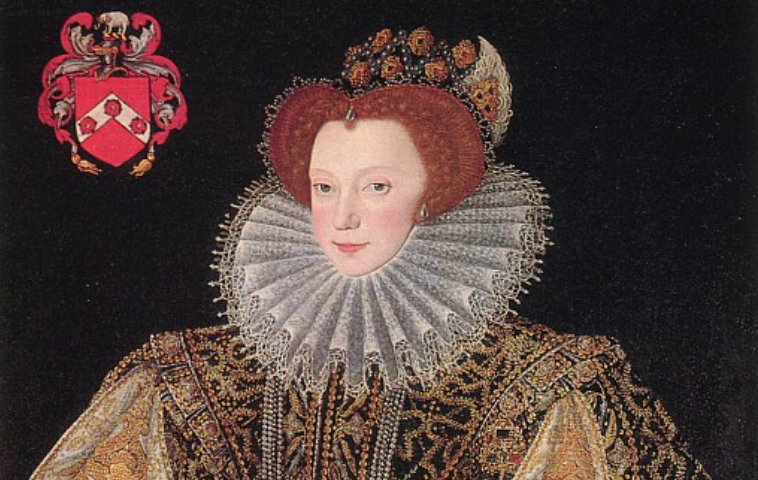
In the early modern period, the allure of court life was more than desirable, which caused families to seek positions that were in service of the crown. It has been said that to be around a king and his court was like being next to the sun, but when away, it was only darkness. For daughters of wealthy nobles, an appointment as a lady-in-waiting was highly sought after, with service to the queen being of the highest status.
The station of a lady-in-waiting allowed its charges to be privy to politics, court gossip, marriage opportunities, and favour for their family. Daily duties were that of a companion who assisted when needed. Ladies-in-waiting were usually born into nobility but were of a lesser rank than the person they were charged to. They were not to be confused with servants, who were there to carry out trivial tasks that were above noblewomen.
Without ladies-in-waiting, court life would have been quite dull. These women breathed life into the court. They participated in masques, danced during nightly festivities, and their laughter could be heard throughout the palace. It made for good intrigue. During the day, a lady-in-waiting might be found practising new music or dance, reading, or perhaps mastering the art of embroidery.
When in service to the queen, ladies were expected to accompany the monarch on state visits and were required to represent their monarch in a most esteemed manner. Sumptuary Laws dictated how these women were to be dressed, along with what materials could be used when they created clothing. Nor could a queen’s ladies wed without her consent, and it was customary for Her Majesty to find them a suitable husband.
Throughout this period, it was not uncommon for families to place their daughters in service of noblewomen. Although not of the Elizabethan Era, one historic example of this was the Boleyn sisters. Both were placed in service of Henry VIII’s first wife, Catherine of Aragon. Though no one could ever know the true intentions of their father, Thomas Boleyn, historians claim he along with their uncle, the Duke of Norfolk, plotted to have them catch the eye of the King. In order to have daily exposure to the King, it was only natural that both Boleyn sisters would become ladies-in-waiting to Queen Catherine. Mary Boleyn soon became a mistress of Henry VIII and gained much favour for her family. The Boleyn family had high aspirations but could never foresee how their story would end.
Anne Boleyn was probably the most infamous lady-in-waiting, who would ultimately become Henry VIII’s second wife. After about a decade together, Anne was replaced by one of her ladies-in-waiting, the ever obedient Jane Seymour. Being a court lady brought with it a privilege, and in Anne Boleyn’s case, tragedy. These women changed the course of history, so when thinking about the purpose of a lady-in-waiting, it is important to remember how powerful these women were. They influenced fashion, religion, factions, and policy. Although they were women of rank meant to advise and lighten up court life, know they were the foundation of such periods like the Elizabethan Era.

